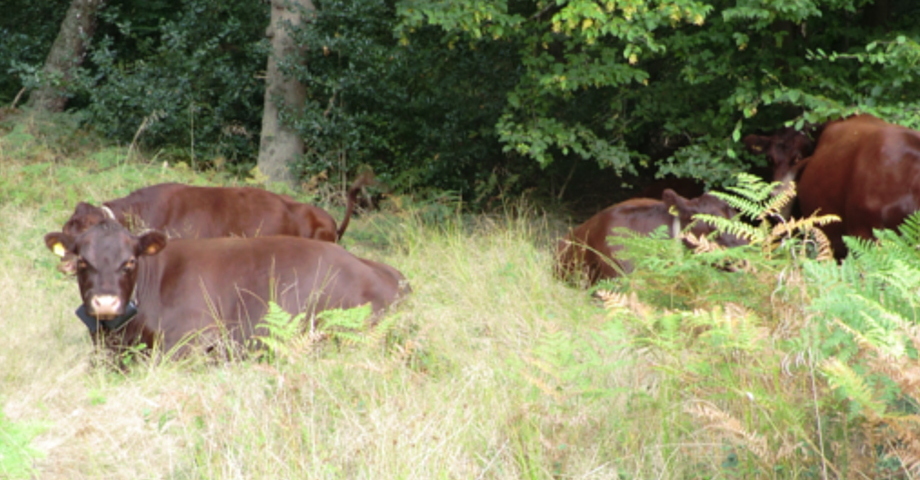
Pascolo in Bosco e nei parchi, Regno Unito
Descrizione del sistema
Nel regno Unito i sistemi agroforestali di elevato valore naturale e culturale includono il pascolo in bosco e nei sistema di parchi. Il paese ha una lunga tradizione per quel che riguarda il pascolo nei terreni di proprietà pubblica. Questi sistemi sono caratterizzati dalla presenza di specie arboree con scarsa densità abbinata al pascolo bovino. Questi sistemi sono molto antichi e spesso permettono lo sviluppo di una flora e fauna di particolare valore.
Per maggiori informazioni su questi sistemi, contattare Dr. Matt Upson presso Cranfield University.
Meeting iniziale con gli stakeholders
Il meeting con gli stakeholders è stato organizzato il 23 settembre 2014 presso il centro visite Epping Forest, un’area in cui il pascolo bovino è tradizionalmente praticato da 800 anni. Al meeting hanno partecipato prevalentemente autorità politiche ed altri stakeholders che hanno un interesse prevalente a conservare questi sistemi. In futuro saranno organizzati altri meeting per aumentare la partecipazione degli imprenditori agricoli. I partecipanti hanno messo in evidenza la necessità diffondere le conoscenze di questi sistemi agroforestali in tutti i settori del Regno Unito.
Download the initial stakeholder report
Download the initial research and development protocol
Download the system description
A system description and research on the sustainability of the tree population within Epping Forest (before and after restoration) was produced in January 2016.
Epping Forest has produced the following video decsribing how invisible fencing systems can be used for cattle grazing on public open access sites and commons.
Lessons learnt
In July 2017, staff at Cranfield University summarised the lessons learnt with the UK stakeholder group focused on wood pastures and parklands in the UK. The research focused on i) wood pasture restoration including the use of a management tool, ii) an assessment of the economics of ”invisible fencing” and iii) an assessment of the effect on soil carbon of new wood pasture establishment on grassland.
The study of wood pasture restoration showed that the greatest number of plant species was found in the restored ancient wood pasture i.e. the restoration which involved pollarding and opening up the woodland was successful in achieving its biodiversity objective. The study also showed that it was possible to use the “Kirby” model to make predictions regarding the future age distributions of different tree species.
The economic analysis suggested that the cost of single loop invisible fencing covering about 25 ha is about 44% greater than with a wooden fence over a 30 year period. Hence the invisible fencing system is likely to be restricted to situations where unhindered access for the general public is valued highly.
Lastly in a study on a wood pasture (reported by Upson et al. 2016) established in England on grassland 14 years ago, the organic carbon content in the top 10 cm was reduced by 10% in the silvopastoral tree plots, and 22% in a conventional woodland, compared to the pasture without trees. Although the greatest total carbon storage (including above ground carbon) occurred in the woodland, the carbon storage in the new wood pasture system (63.4 Mg ha-1) was greater than the equivalent pro-rata value if the trees and pasture were kept separate (60.5 Mg ha-1). This suggests that agroforestry could be more effective at storing carbon, for a specified level of tree cover, than separate areas of trees and pasture.